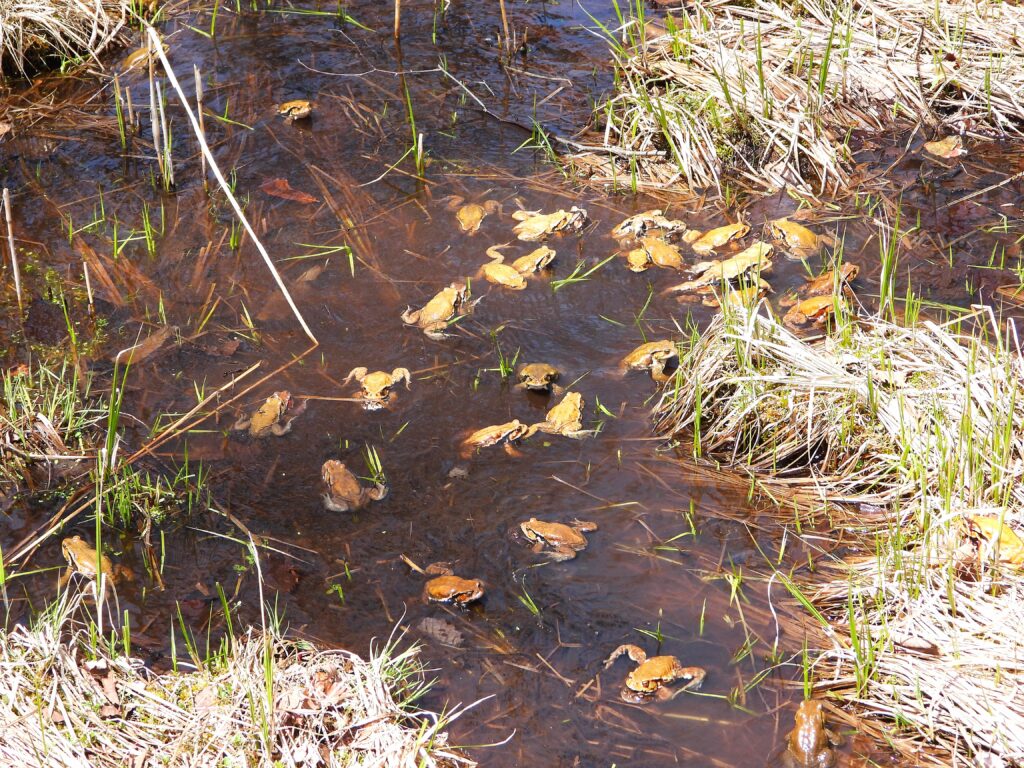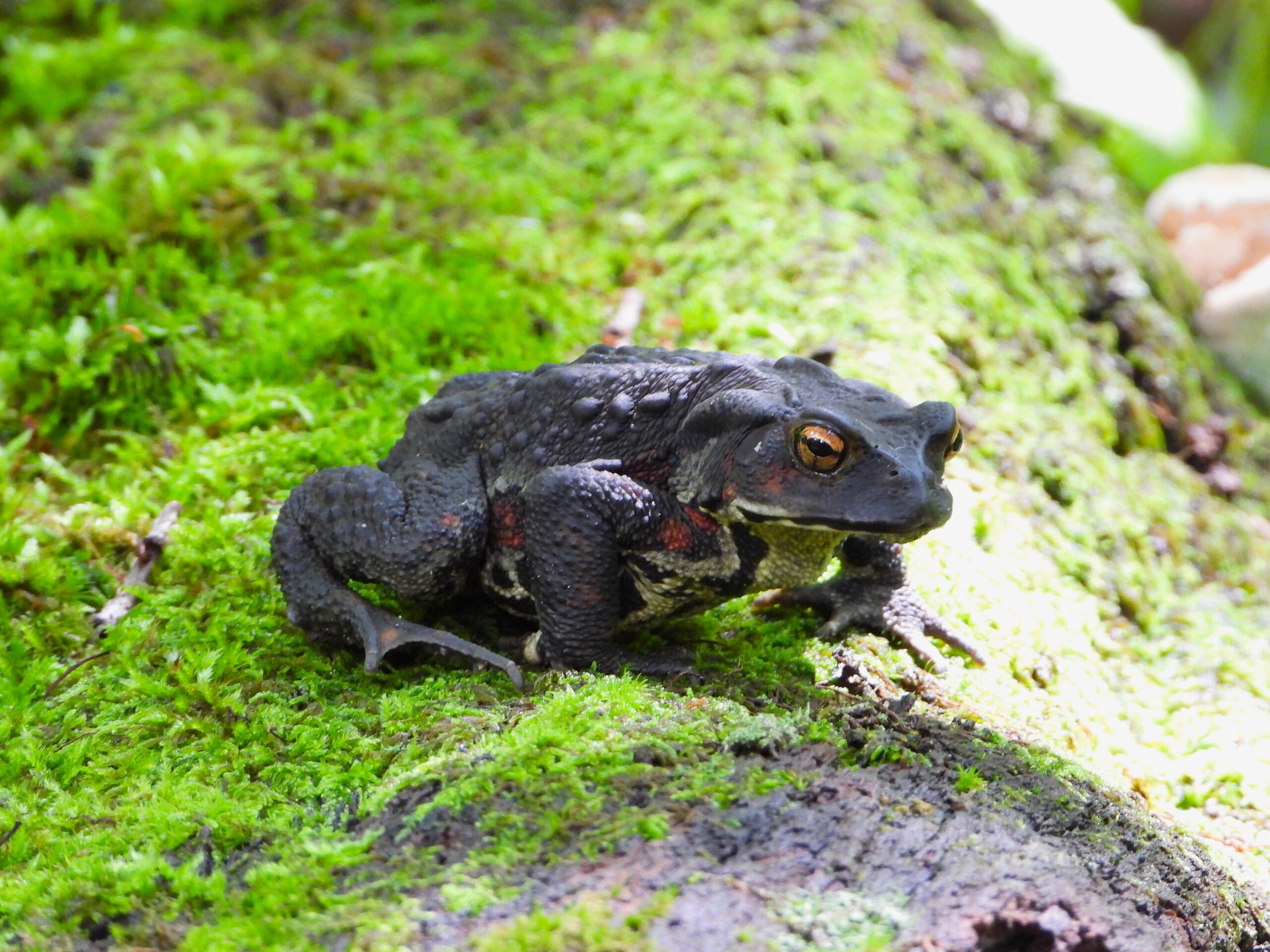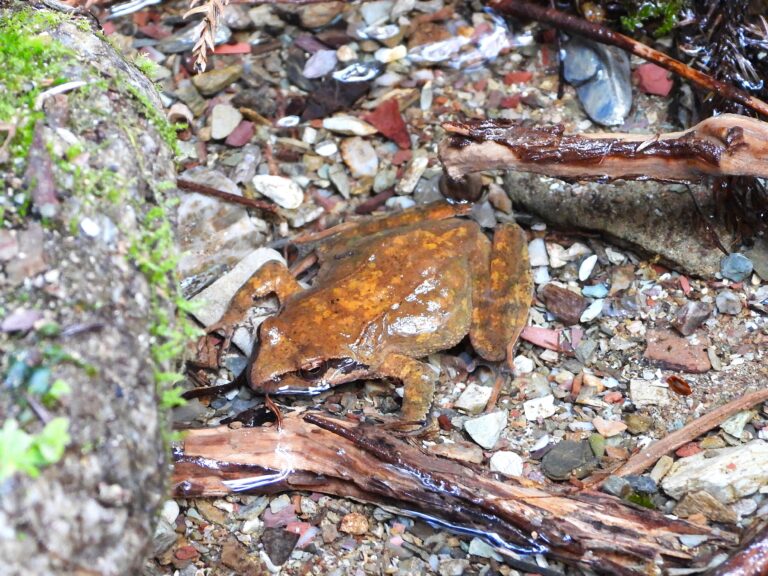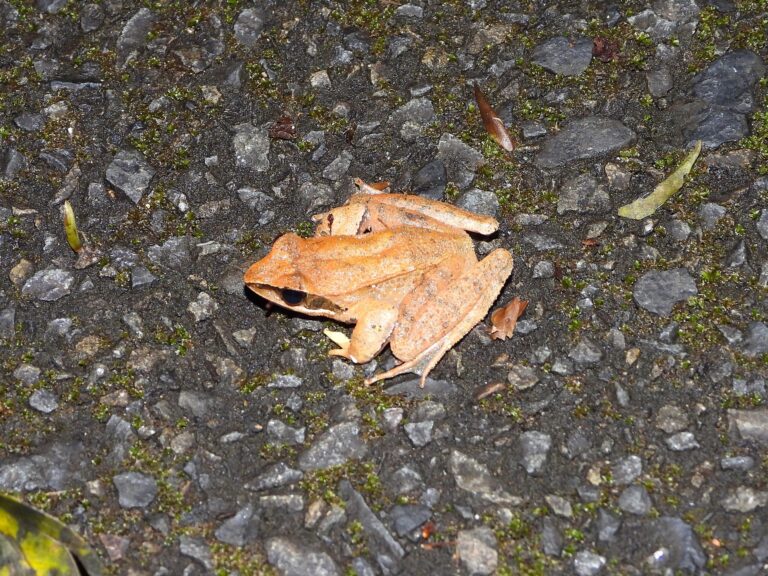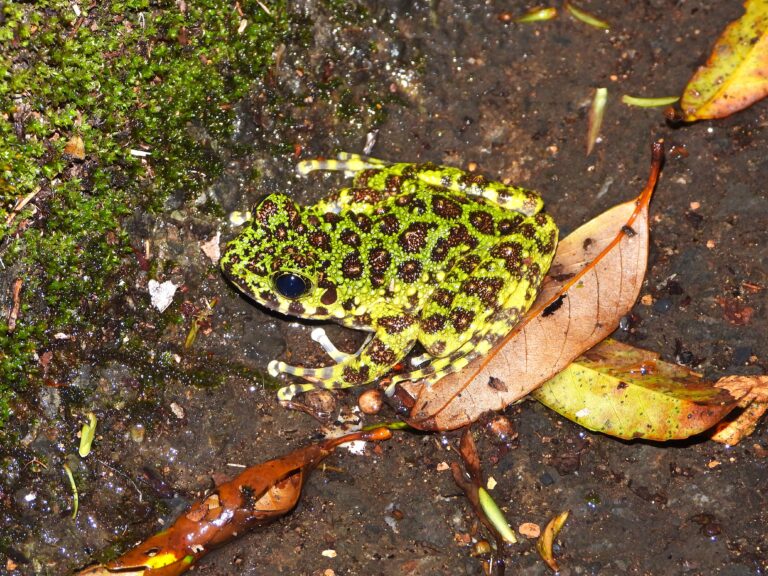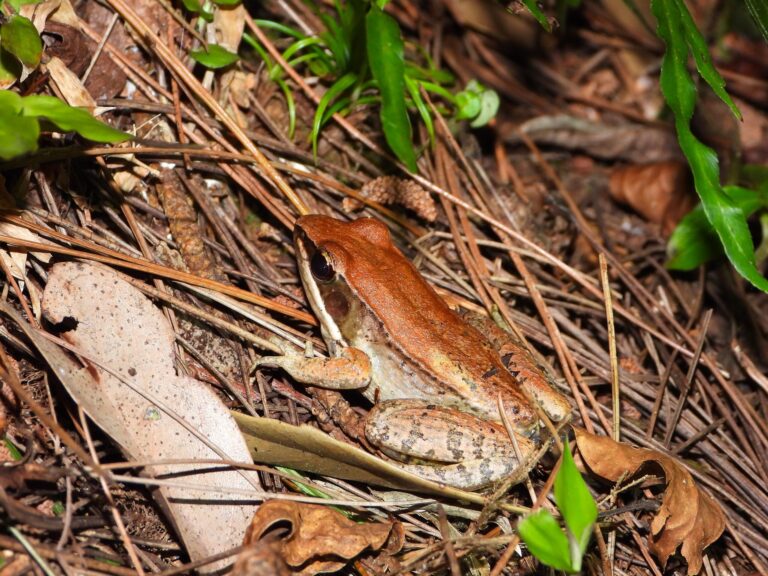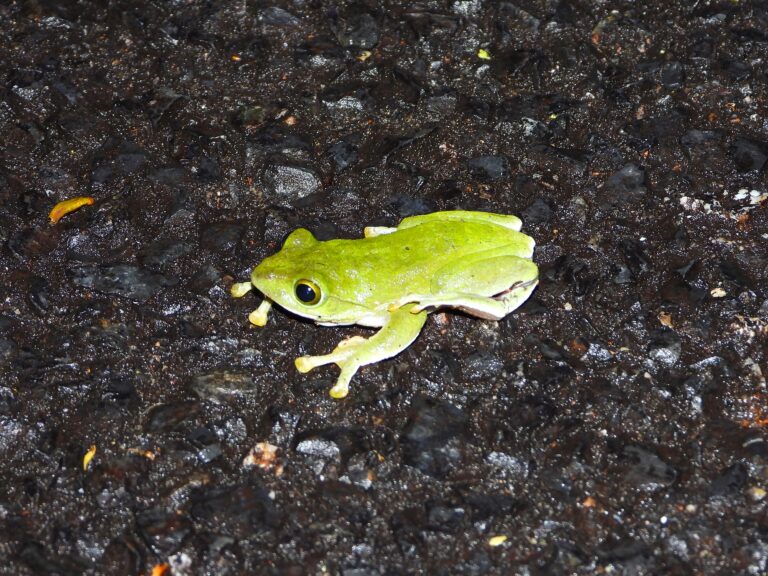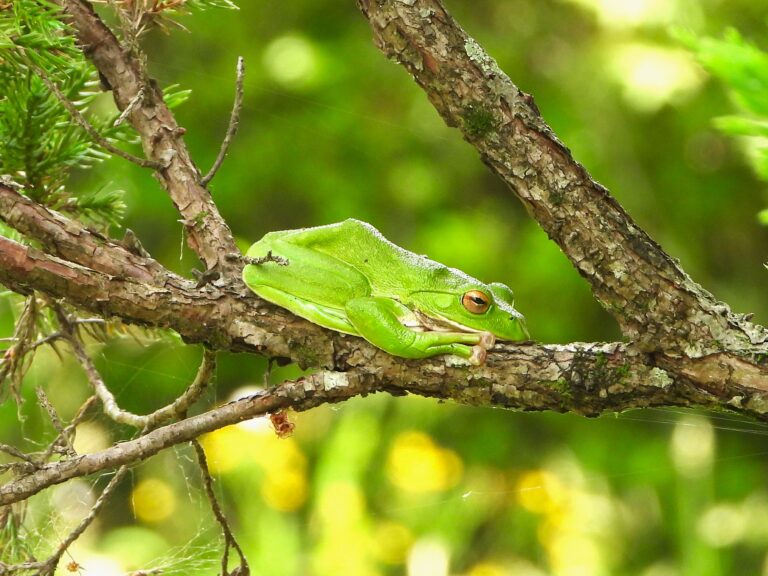Eastern Japanese Toad (Bufo formosus) – Wildlife of Japan
Introduction
The Eastern Japanese Toad, locally known as Azuma Hikigaeru , is now recognized as a distinct species: Bufo formosus. For many years it was grouped with the Japanese Common Toad (Bufo japonicus), but taxonomic studies have clarified the separation between the eastern and western lineages. The Azuma Hikigaeru is the characteristic toad of eastern Japan, thriving in forests, farmland, and even human settlements.
Appearance
This toad has a stocky body with short limbs and warty dorsal skin. Large parotoid glands sit behind the eyes, secreting toxins as a defense. Color ranges from reddish-brown to dark brown; males often appear yellowish during the breeding season. Adults usually measure 4.3–16.2 cm in snout–vent length, with females larger than males.
Habitat
The species is widely distributed across eastern Honshu (including Kanto and Tohoku), inhabiting forests, secondary woodlands, grasslands, farmlands, and urban greens. Though terrestrial for most of the year, it gathers at ponds, ditches, and puddles to breed. Small, introduced populations also exist in southern Hokkaido.
Behavior
Azuma toads are primarily nocturnal, hiding under stones, logs, or in soil by day. They show site fidelity to breeding ponds and may travel considerable distances during migration. When threatened, they inflate their bodies and release milky secretions from parotoid and skin glands.
Diet
They are opportunistic feeders, consuming ground-dwelling invertebrates such as ants, beetles, spiders, millipedes, earthworms, and snails. Occasionally, they prey on small vertebrates. By eating pests, they play a valuable ecological role.
Reproduction
Breeding occurs from late winter to spring, varying by latitude and altitude: February–March in lowland Kanto, late April in northern regions, and early summer in some mountain sites. Males gather at water bodies and produce short “ku ku” calls. During this season, many males may compete fiercely for females in a phenomenon called Gama-gassen (Toad Battle). Several males often cling to a single female, forming writhing clusters in the water. Despite the apparent chaos, this ensures successful external fertilization. Females lay long string-like egg cords, often several meters in length, attaching them to submerged vegetation.
Conservation
The species remains common and adaptable, though road mortality during breeding migrations and habitat modification pose threats. In Hokkaido it is regarded as a domestic alien species, with warnings about the risk of toxin exposure to pets. Globally, the broader Bufo japonicus group is assessed as Least Concern (2021), but B. formosus has not yet been individually assessed.
Author’s Impression
On rainy spring nights, I often encounter Azuma toads marching steadily toward farm ponds. The subdued “ku ku” chorus and the chaotic Gama-gassen battles make for a dramatic seasonal scene. Even beside human life, these creatures continue their timeless cycle, reminding us of the resilience of nature.
